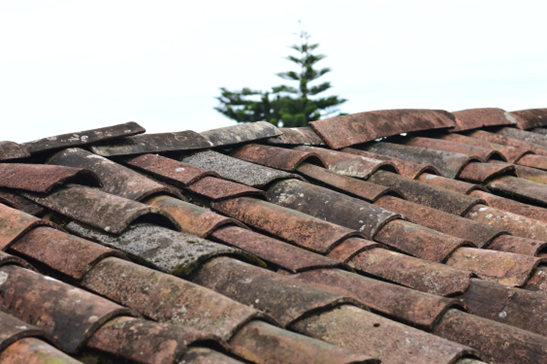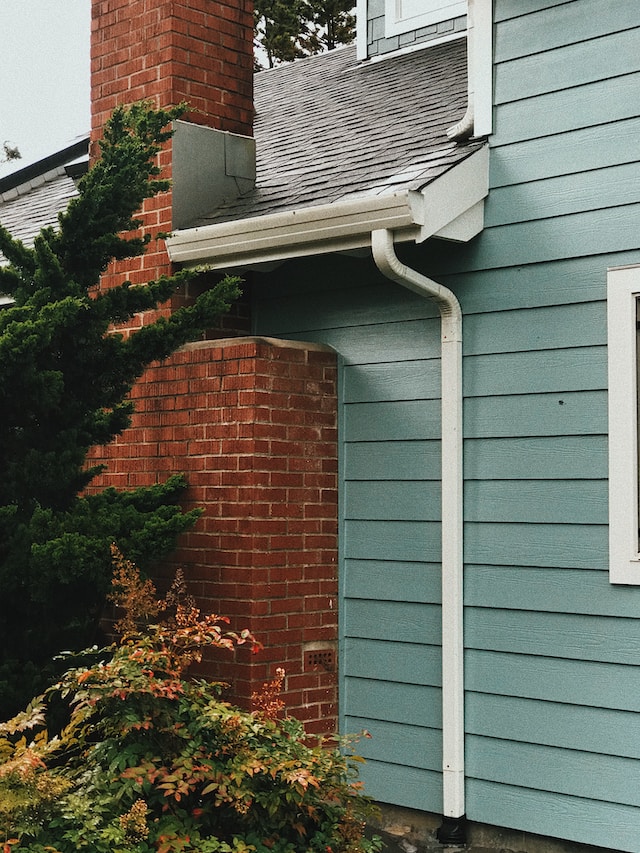How to Prevent Structural Damage to Your Home
 The external structure of a home takes the brunt of extreme weather conditions. Therefore, you must examine it regularly and perform repairs when you see any problems. Indeed, structural damage cannot be overlooked since it can jeopardize the safety of the entire building and the people living in it. Indeed, statistics indicate that nearly 56.4% of buildings collapse due to this issue. To avoid future problems, here is a list of ways to prevent structural damage in your home.
The external structure of a home takes the brunt of extreme weather conditions. Therefore, you must examine it regularly and perform repairs when you see any problems. Indeed, structural damage cannot be overlooked since it can jeopardize the safety of the entire building and the people living in it. Indeed, statistics indicate that nearly 56.4% of buildings collapse due to this issue. To avoid future problems, here is a list of ways to prevent structural damage in your home.
- Regularly and thoroughly inspect your house’s roof
The roof is an important structural component that is mostly disregarded. While it can survive the most severe weather and environmental conditions, it is prone to wear and tear over time. Minor flaws in the roofing can cause considerable damage to your property's interior and exterior. But allowing them to develop can only lead to more costly issues, notably water damage.  This, in turn, can damage walls and ceilings, weaken the structure’s framework, and cause many other problems. Fortunately, regular and thorough inspections are essential if you want to avoid the expenditures of costly roof repairs. A professional roofing company will be needed for this task.
This, in turn, can damage walls and ceilings, weaken the structure’s framework, and cause many other problems. Fortunately, regular and thorough inspections are essential if you want to avoid the expenditures of costly roof repairs. A professional roofing company will be needed for this task.
- Replace outdated floor joists
Floor joists are critical for the property’s structural integrity since the beams support your home and transmit weight from the roof to its foundations. Floor joists are often accessible through a crawl area or in the basement of your home. However, they easily erode over time. If your joists are not sturdy and of poor quality, you risk causing structural damage to your home. Ideally, a professional should handle this task, but you can DIY with the required skills. Here are some tips you may find beneficial.
- Keep debris out of your gutters
Leaves are the most prevalent cause of choked gutters, especially if you have trees. However, moss and weeds are frequently identified as primary causes as well. Blocked gutters play a key role in moisture problems. If you see water flowing down the side of your house or your gutters are drooping, they probably need to be cleaned. Therefore, working with professional companies that offer eavestrough cleaning services is essential.
- Prevent your pipes from freezing
Leveraging a smart thermostat to maintain a minimum temperature of 10 degrees Celsius is essential. Likewise, hot water must be allowed to flow through the pipes so that they don’t freeze. If the building will be vacant for an extended period, switch off the water supply at the stopcock and empty the system so that no water remains in the pipes. It’s important to insulate exposed pipes properly to prevent them from getting frozen.
- Look for any signs of dampness or mold
Dampness can be detected by peeling paint and black markings on skirting and sills. Try installing more insulation If your walls are chilly or have a musty odor. In the morning, you should inspect your windows and skylights for condensation. Its presence might signal that your home has higher-than-average moisture levels.






